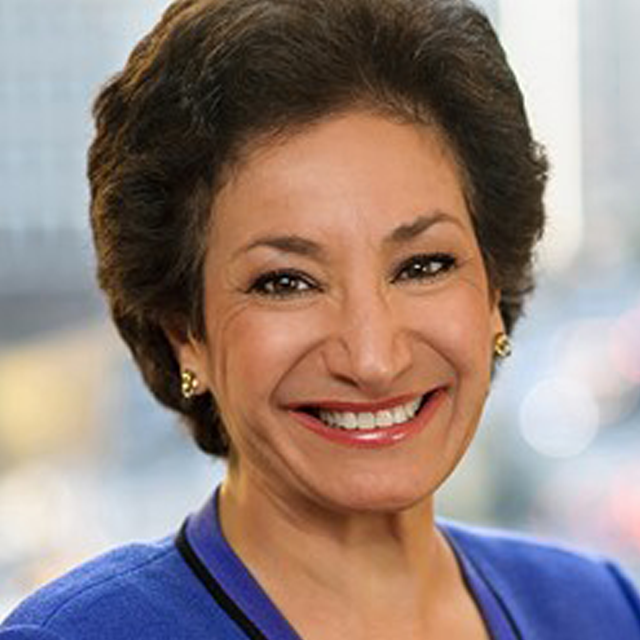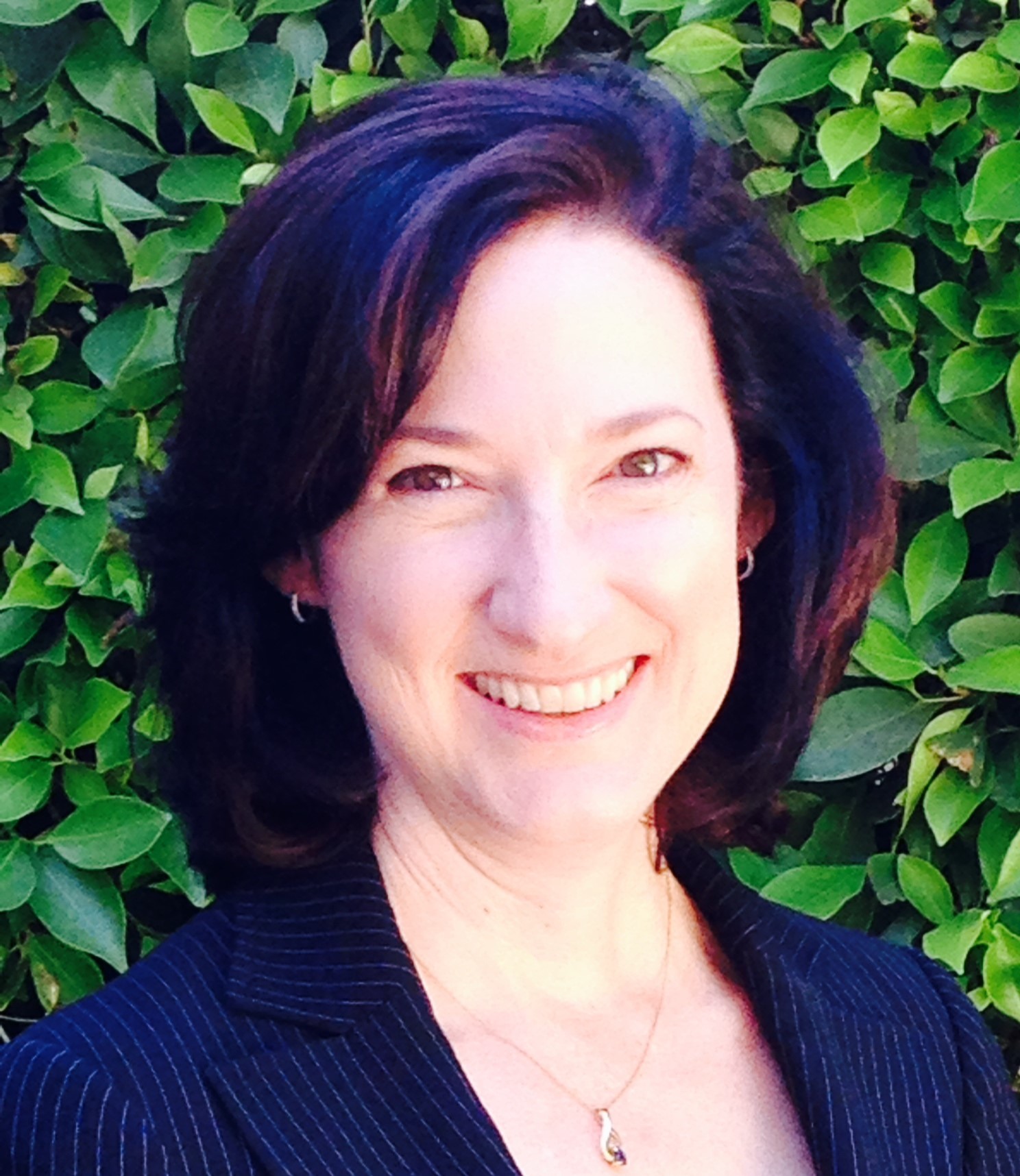A Roundtable discussion with Roz Hewsenian, Chief Investment Officer, Helmsley Charitable Trust; Lisa Laird, Principal and Senior Advisor, Hightree Advisors and former CIO of Providence St. Joseph Health; and Karyn Williams, founder of Hightree Advisors and former CIO of Farmers Group, Inc.
To Get More Seats, Take More Risks
Allocator Intel recently asked three women who have held senior positions in the world of institutional investors to assess the status of women in their field. All three had been CIOs of substantial institutions. And all three had previously been consultants (as it happens, at Wilshire Associates). And all agreed the status of women in asset management has been improving markedly, but women still have a ways to go before they have an equal voice. If they’re going to get there, they argued, women need to take more risks rather than expect anything to be handed to them.
When Allocator Intel asked if the glass is half-empty or half-full as far as women in investing, Williams said, “The answer to that question depends on what seat you have. If you’re a CIO or, in general, in consulting, you’re going to see the glass as half full; you’re going to see opportunities; and I think that that has been evolving in the right direction over time. I think there’s a concerted effort to bring women into high level positions.” But she added, “There’s a lot of work to do.” And to do what’s needed, according to Williams, “requires the kind of woman who is prepared for do battle and who is driven as well as capable. I think it’s incumbent on women to take more risk. There are no guarantees. I think it’s essential that we pursue what we want to accomplish, understanding there are risks.” Hewsenian agreed: “That’s a really good point. Women have to be good risk-takers.”
 The difference is, these days, those risks can pay off, Hewsenian said. She recalled, “The adage used to be, ‘we have to work twice as hard to be thought of as half as good.’ I think that’s getting better.” She added, “During my career, I found there were two things I was dealing with: gender and competency, and it took me a while to recognize that competency was as threatening as gender.” Hewsenian recalled, “I approached everything from a standpoint of not being a victim, and by not allowing myself to be a victim, I was able to figure out the way I was being treated had to do with my competency and not my gender. Some women, when they encounter pushback, misinterpret why, and that could be quite devastating for them.
The difference is, these days, those risks can pay off, Hewsenian said. She recalled, “The adage used to be, ‘we have to work twice as hard to be thought of as half as good.’ I think that’s getting better.” She added, “During my career, I found there were two things I was dealing with: gender and competency, and it took me a while to recognize that competency was as threatening as gender.” Hewsenian recalled, “I approached everything from a standpoint of not being a victim, and by not allowing myself to be a victim, I was able to figure out the way I was being treated had to do with my competency and not my gender. Some women, when they encounter pushback, misinterpret why, and that could be quite devastating for them.
Laird’s view is that, “The overall level of women in the investment industry is not equal to the population.” But even so, she adds, “I think there’s a lot of opportunity, and I think it’s incumbent on us to let the next generation know that this is a fantastic career path. She adds, “Many women don’t know this is a career path.”
The panelists noted that the changing status of women in investing has been shaped by two forces: the attitude problem and the pipeline problem. Attitudes clearly have changed. In a white collar, highly educated field like asset management, there are few left who would say – at least publicly -- that women don’t belong there; they can’t do the job; they’re inferior to men. But many then wring their hands and invoke the pipeline problem: If you’re trying to fill a high level position with someone who’s had the equivalent of 20 years of experience at places like CalPERS or Morgan Stanley, well 20 years ago, there were relatively few women at CalPERS or Morgan Stanley who could be your natural candidates today. So what to do?
One answer, Williams said, is simply to “try harder.” She recalled her experiences with two organizations that “were predominantly comprised of men for a long a time, and they were both considered successful organizations, and both had wrestled with, ‘How do we build our pipeline and add more women?’ What they learned is they had unconscious bias so that the kinds of people they would bring into the pipeline would turn out to be like them.”
In response, she said, “Both organizations undertook a very specific initiative: ‘We understand we have relationships with many men who would be great additions to the board, but we’re also going to look for women. Period.’ And that changed the dynamic and the thinking.”
Laird added that a little needling can be useful: She has told some asset managers: “‘I’m looking at your staff photos, and they’re all white guys.’ When I’ve asked about this I’ve gotten the pipeline answer. But I think it’s a good question to ask, and I think it elevates the topic internally at their firms. They know clients are looking, and asking, and care.”
While those seeking additions to their staff or board may need to go the extra mile to turn up candidates, Williams argued that women can also do more to help fill the pipeline. “I think it’s incumbent on all of us, whatever organization we’re from, to reach out as much as we can. And so that would mean going out to speak to a class at a Pomona or a UCLA (Williams is in California) and working with the schools’ program directors.” She added that “it’s not just about women; we should be reaching out to women and men.”
 Instead of simply tallying males and females, Laird said, “I prefer a reframing of the topic to go beyond just racial and gender diversity and inclusion. The way you get better decisions is by having different sorts of people having a seat and a voice at the table.” Getting there requires “an investment by the organization and by the people who are participating,” she said, “but I think as long as the ultimate goal is upfront and visible – ‘We’re doing this to make better decisions’ – I have hope that those organizations will pursue their goals.”
Instead of simply tallying males and females, Laird said, “I prefer a reframing of the topic to go beyond just racial and gender diversity and inclusion. The way you get better decisions is by having different sorts of people having a seat and a voice at the table.” Getting there requires “an investment by the organization and by the people who are participating,” she said, “but I think as long as the ultimate goal is upfront and visible – ‘We’re doing this to make better decisions’ – I have hope that those organizations will pursue their goals.”
“That’s a great point,” Williams added. “If we frame this as really about diversity of thinking, we know from research that having diverse opinions around the table leads to better decision-making, whether that it is at the board level or senior management level, and whether it’s involving African-Americans or women or minorities. That’s really what we should be after more generally.”
To get that diversity in thinking, however, the panelists agreed, diversity has to be more than superficial. Replacing a bunch of men from Connecticut who went to the Harvard Business School with a bunch of women from Connecticut and the Harvard Business School is not necessarily advancing diversity. In any organization, Williams said, “If the environment is one where one type of personality or one way of working dominates, that’s equally bad.”
While the diversity discussion has been unfolding for several years, in recent months, there has been research published suggesting that too much talking about diversity, and too many training sessions, can engender a backlash, ranging from eye rolling to quiet resistance. “I’ve noticed there has been some of that,” Laird said, but that doesn’t mean efforts to enhance diversity need to be modulated, just handled better.
Another recent concern is the #MeToo movement. In most organizations, it helps to have a mentor who can sharpen your skills and run interference for you. “The investment world is a relationship-based world,” Laird said. But these days, Hewsenian noted, “I have had men tell me that they are very concerned mentoring a younger female employee for just that reason. Everything from having a personnel review to having a casual conversation can be too much risk today. You know, it comes under the heading of for women, be careful what you wish for. There’s a knock-on consequence that you weren’t anticipating, and I don’t have an answer for that.”
Laird added, “I think to some extent it’s always been the case. When I was a junior staff member, I noticed my male colleagues had more interpersonal time with the boss. No one invites the single girl for dinner. I think that’s always been there.” The solution, she said, is “pushing and pursuing a culture of inclusion which may create a better environment in general as #MeToo issues are mitigated.”
As this process continues to unfold, what is the endpoint, the promised land? Is it 50-50 male and female, which has been legislated in several settings in the Scandinavian business world? Hewsenian said no: “I don’t think they the answer is requiring equal numbers of men and woman.” If the approach is just “fill the quota,” she says, “you may end up appointing less qualified and less attractive candidates, and that’s devastating to women. That gets held out as, ‘See, they’re not as good.’” Williams agreed, “Maybe it’s not so much about numbers as seeing enough women in executive positions so that they have a voice, and they’re shaping executive decisions for the firm, and building teams that are diverse.” While she insisted, “I don’t think you can put a number on it,” the goal is that, “going around the room, you know that if there’s a diverse mix of people, so you’re going to have a full and robust discussion, and you are going to be able to see all sides of the issues.”
Hewsenian said the ultimate objective should be to get past having to think about diversity: “I want to see fewer conversations about diversity and inclusion, and more conversations about competency.”
To discuss the content of this article, further engage with the author(s), or gain access to like content Join The Conversation Here if you are a member of the group, or Request Membership.
